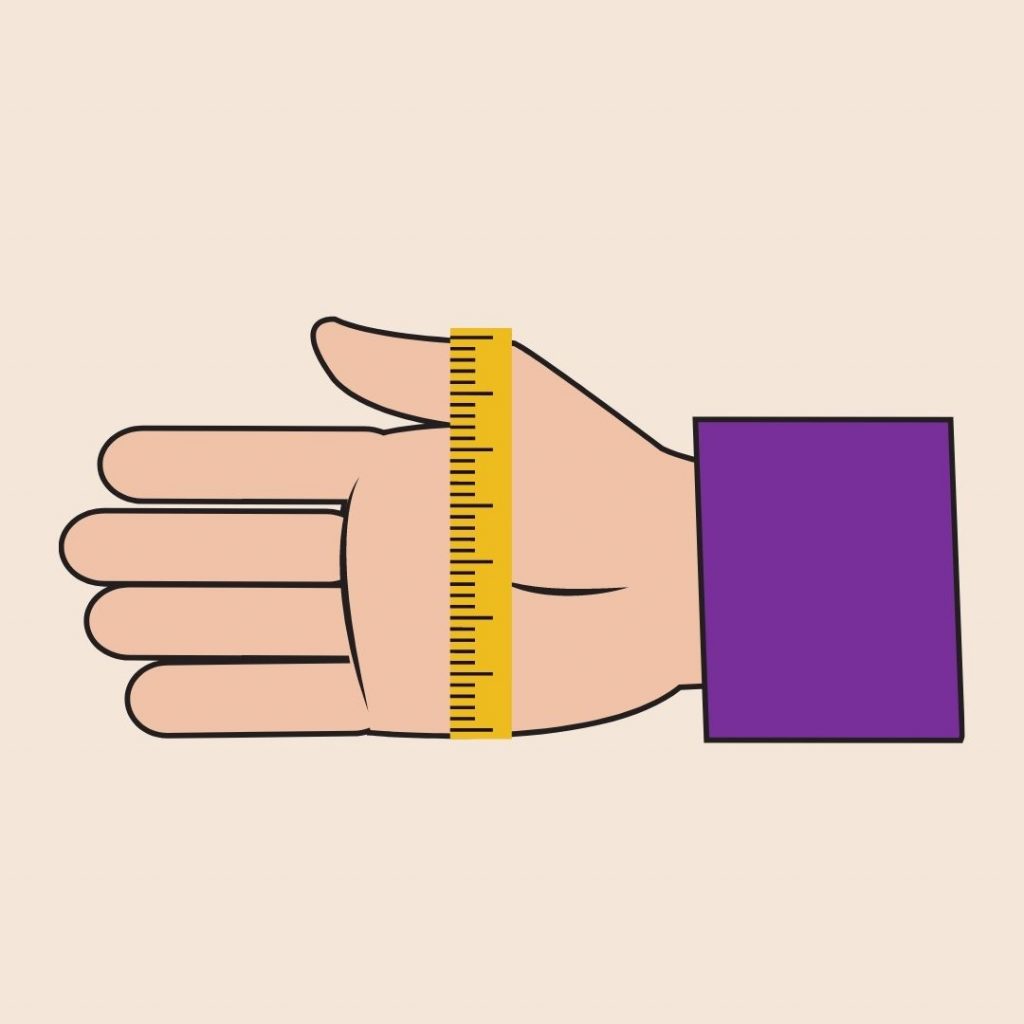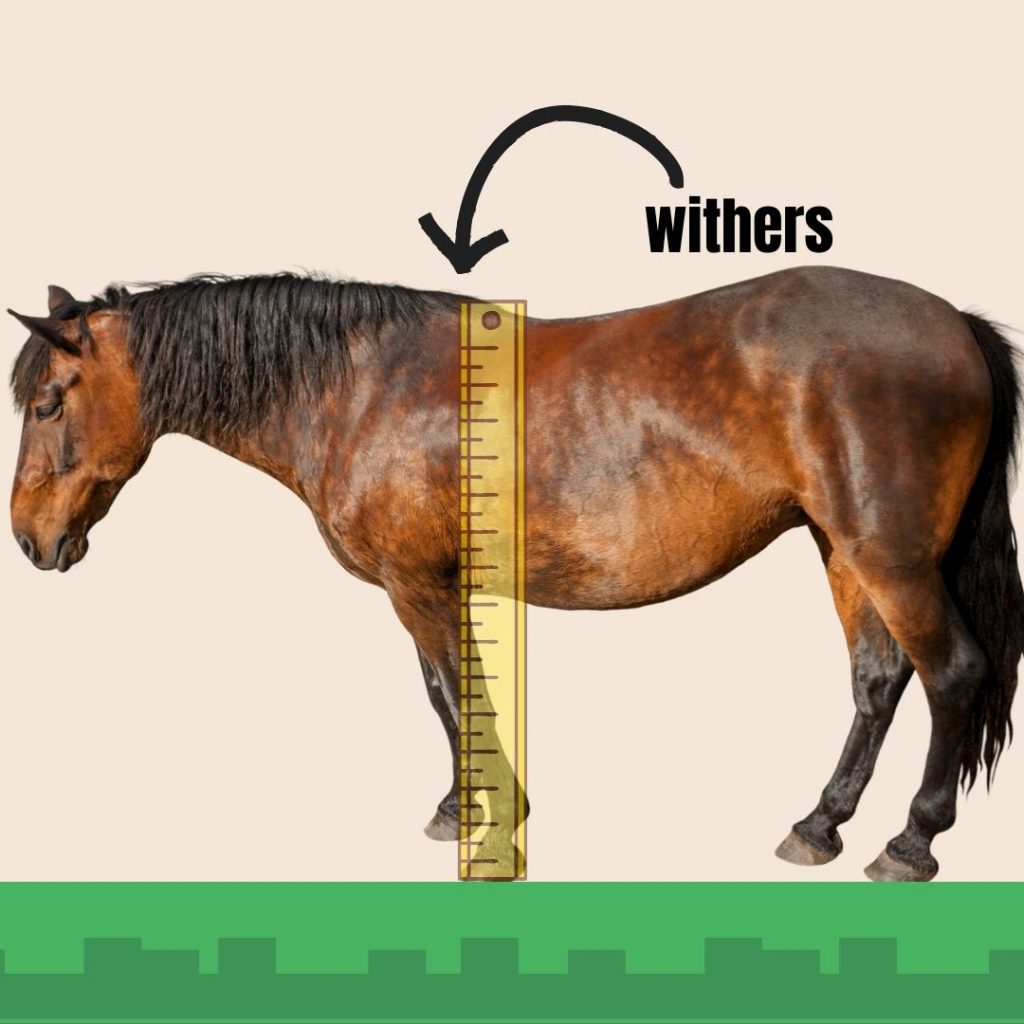Why We Still Measure Horses in Hands
In the horse world, we measure horses in hands — with one hand equaling 4 inches.
Surprisingly, this ancient method began centuries before anyone invented rulers or tape measures! And why we still use it today might surprise you even more.
How Did “Hands” Become the Standard?
Back in 1540, Henry VIII officially standardized the hand to mean 4 inches.
Since Henry cared deeply about breeding and importing war horses, he set strict height rules:
✅ Stallions had to stand at least 15 hands
✅ Mares needed to be at least 13 hands
To enforce these rules, he needed a consistent system — and so the “hand” became law.
How Do You Measure a Hand?
Measuring starts with your own open hand (fingers together). Place the pinky edge parallel to the floor. Then, measure from the bottom of your hand straight up to the base of your thumb.
When measuring a horse, always measure from level ground up to the withers — the highest point at the base of the mane, just before the back.
This spot gives a consistent and accurate height.

When measuring a horse, always measure from level ground up to the withers — the highest point at the base of the mane, just before the back.
This spot gives a consistent and accurate height.

Understanding Horse Height: Hands and Inches
If a horse isn’t exactly a whole number of hands, add the extra inches as decimals:
- 14 hands = 14 hh (hands high)
- 14 hands + 1 inch = 14.1 hh
- 14 hands + 2 inches = 14.2 hh
- 14 hands + 3 inches = 14.3 hh
- 14 hands + 4 inches = moves up to 15 hh
Remember, you’ll never see heights like 14.4 or 14.5 — once you reach four inches, the next hand starts.
Fun Fact: What’s the Difference Between a Pony and a Horse?
It’s all about height:
✅ Ponies stand at 14.2 hh and under
✅ Horses measure 14.3 hh and taller
So, some “ponies” might belong to horse breeds — but by height, they’re still ponies!
The Truth About Medieval War Horses
Movies often show massive, towering war horses charging into battle.
However, real medieval cavalry preferred stocky cobs and sturdy ponies — valued for strength, toughness, and stamina rather than sheer height.
Because of Henry VIII’s breeding laws, war horses eventually grew more uniform in size, which made cavalry units stronger and explains why we still measure horses in hands today.
Curious for more horse history?
👉 Click here to learn why the opposite of Western riding is called English — not Eastern!
